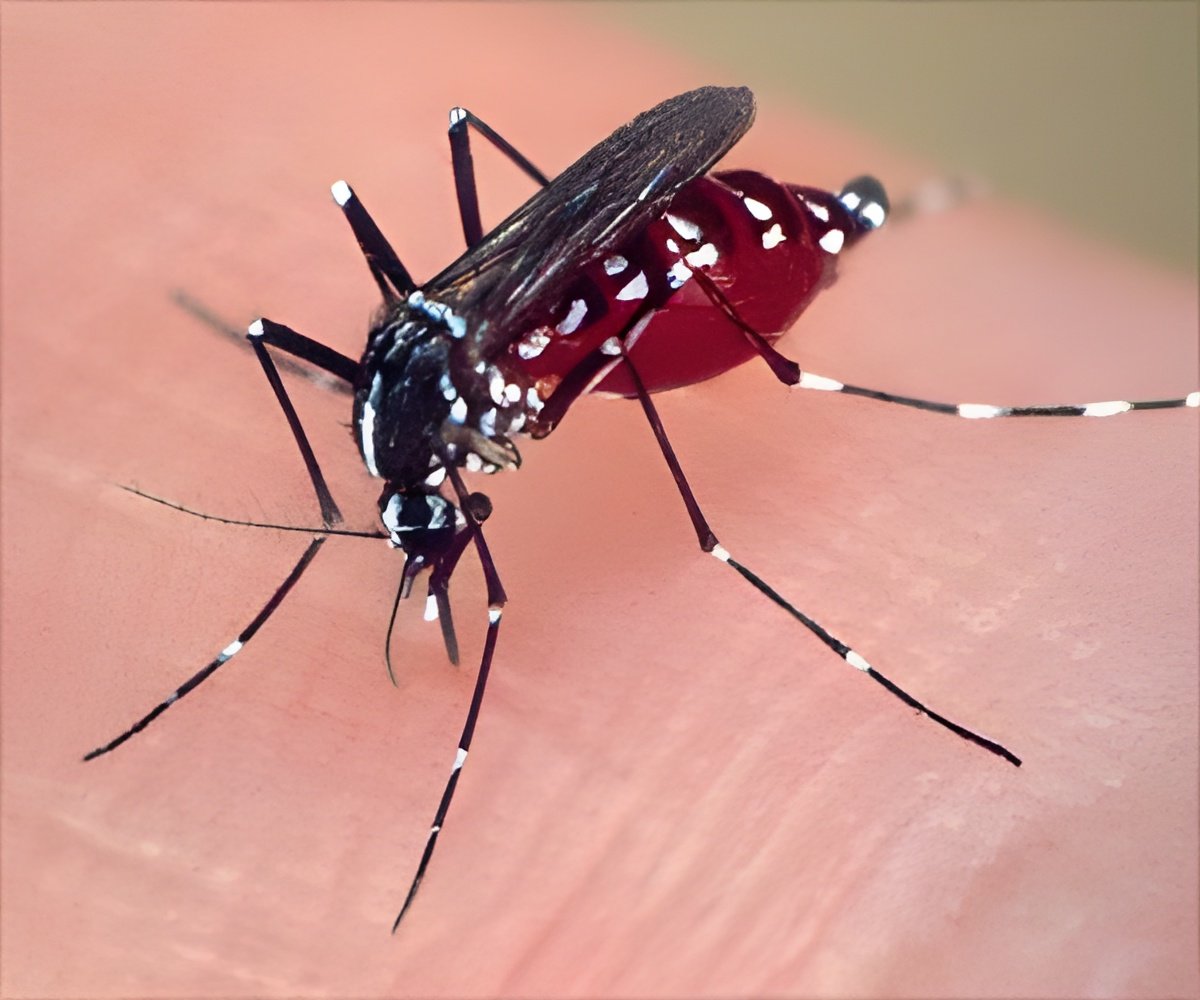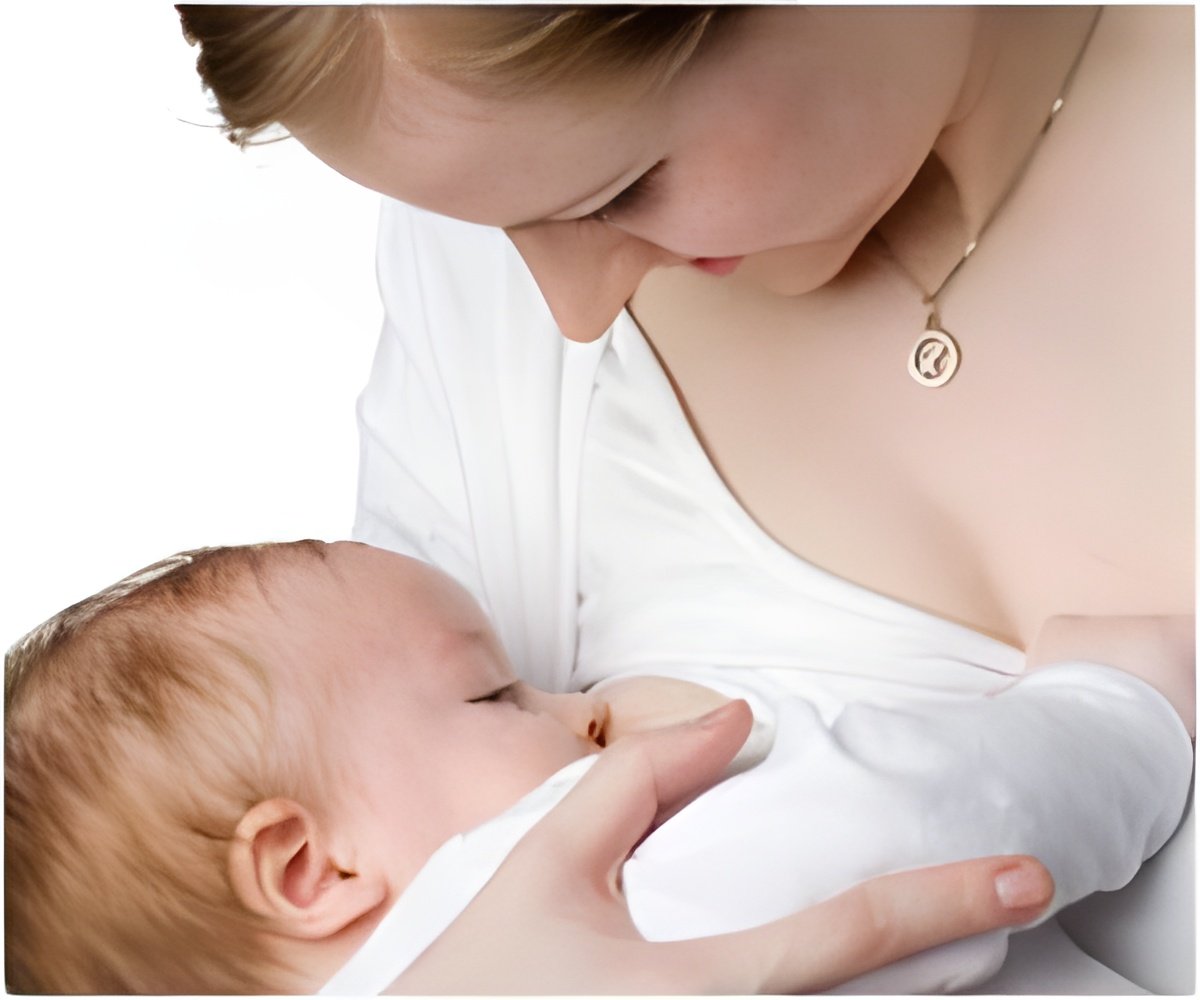- Love lives in the human brain
- Different types of love can light up different regions of the brain
- Functional magnetic resonance imaging (fMRI) scans were used to find out exactly where love is felt in the brain
- A clear understanding of how the brain reacts to various kinds of emotional connections could pave the way for developing more effective therapies that support emotional well-being and build stronger personal relationships
Love is as vast as the ocean and as deep as the sea. We often use the word ‘love’ in a wide range of contexts from sexual adoration to parental love or the love of nature. Now, a new study that used more comprehensive imaging of the brain helps us to understand how the brain experiences different types of love, from romance to parental bonds. The study findings may highlight why we use the same word for a vast array of human experiences.
Advertisement
Six Shades of Love
A team of researchers from Aalto University in Finland used functional magnetic resonance imaging (fMRI) to measure brain activity, while the subjects were induced feelings of love using short stories related to six different types of love.
MRI scans reveal that love mainly lives in areas of the brain associated with the processing of social cues.
The findings of the study are published in the journal Cerebral Cortex (1✔ ✔Trusted Source
Six types of loves differentially recruit reward and social cognition brain areas
“We now provide a more elaborate picture of the brain activity associated with different types of love than earlier research,” says Pärttyli Rinne, the philosopher and researcher who coordinated the study.
Further, Rinne illustrated that the activation associated with love occurs in the basal ganglia, the midline of the forehead, the precuneus and the temporoparietal junction at the sides of the back of the head.
The study mainly portrays the brain areas involved in love for six different objects: romantic partner, one’s children, friends, strangers, pets, and nature.
Advertisement
Parental Love: A Unique and Greatest Gift of All
‘You see your newborn child for the first time. The baby is soft, healthy and hearty — your life’s greatest wonder. You feel love for the little one.’
The above statement was one of many simple scenarios presented to 55 parents, who self-described as being in a loving relationship.
Love for one’s children exhibited the most intense brain activity spread over into different parts of the brain.
“In parental love, there was activation deep in the brain’s reward system in the striatum area while imagining love, and this was not seen for any other kind of love,” said Rinne.
Advertisement
Romantic Love: A ‘Happily Ever After’ Feeling
Romantic love also provoked lots of brain activity, but that activity confined itself to the social areas of the brain, highlighted researchers.
Love for Strangers: Kindness Goes a Long Way
Unfortunately, compassionate love for strangers was less rewarding and caused less brain activation than love in close relationships.
Love for Nature: Embrace the Great Outdoors
On the other hand, love of nature activated the reward system and visual areas of the brain, but not the social brain areas.
Love for Pets: Unconditional Love in a Furry Package
The study participants brain responses to a statement such as the following, on average, indicated whether or not they shared their life with a furry friend (pet):
‘You are home lolling on the couch and your pet cat pads over to you. The cat curls up next to you and purrs sleepily. You love your pet.’
The results show that pet owners had the social regions of the brain that normally are reserved for human affection light up when they were asked to consider their furry friends.
‘When exploring the love for pets and the brain activity linked to it, brain areas associated with sociality statistically indicate whether or not the person is a pet owner. For pet owners, brain areas associated with social behavior were more responsive than with non-pet owners,’ said Rinne.
The study found that brain activity is influenced not only by the closeness of the object of love, but also by whether it is a human being, another species or nature.
The researchers were really surprised to understand that brain areas associated with love between people ended up being very similar.
Finding Love: Feeling Different Types of Love in Our Bodies
However, this is not the first effort to find love for Rinne and his team. They have undertaken several studies aspiring to deepen our scientific knowledge of human emotions. A year ago, the group published research mapping subjects’ bodily experiences of love. The previous study also was linked to the strongest physical experiences of love with close interpersonal relationships (2✔ ✔Trusted Source
Body maps of loves
).
The study not only sheds light on the neural mechanisms of love to help guide philosophical discussions about the nature of love, consciousness, and human connection but also, will pave the way for improving mental health interventions to treat conditions like attachment disorders, depression or relationship issues.
References:
- Six types of loves differentially recruit reward and social cognition brain areas – (https://academic.oup.com/cercor/article/34/8/bhae331/7741043)
- Body maps of loves – (https://www.tandfonline.com/doi/full/10.1080/09515089.2023.2252464)
Source-Medindia



